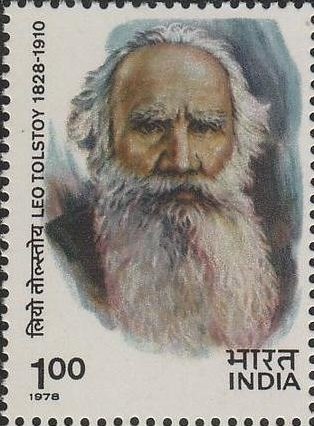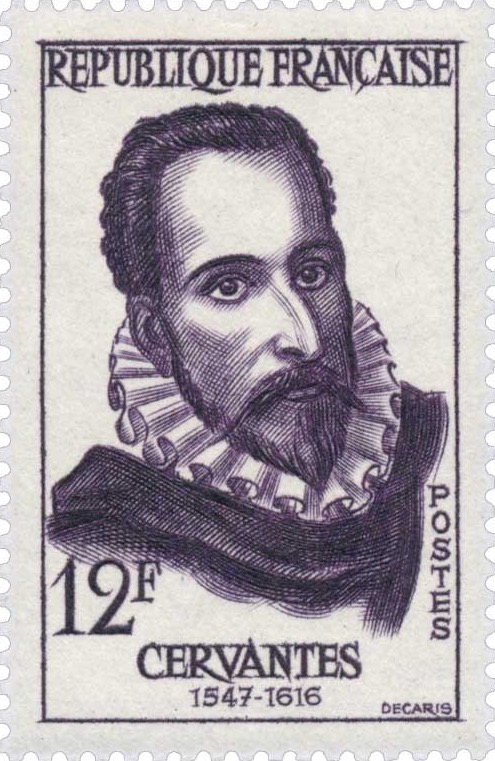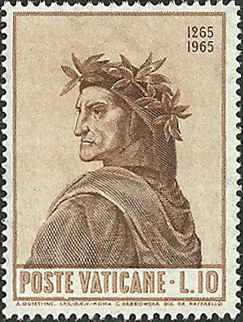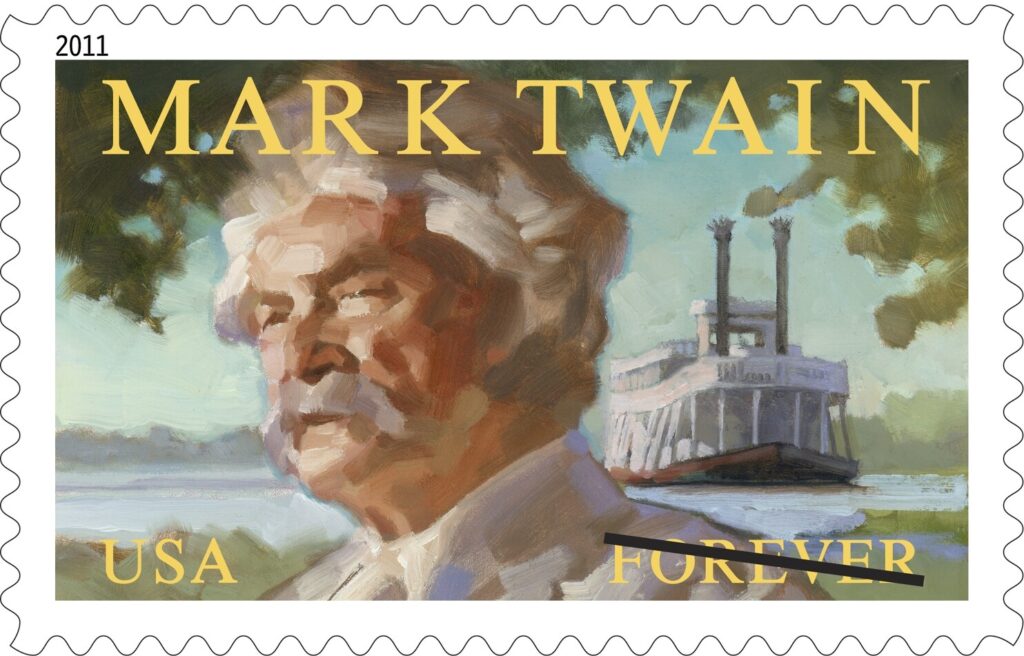
It took Leo Tolstoy about six years to write the classic War and Peace.

Cervantes published Part I of Don Quixote in 1605, but it was 10 years later — in 1615 — before he published Part II.

It took Dante 13 years to complete the Middle Ages classic, The Divine Comedy.

Mark Twain began his masterpiece, Huckleberry Finn, in 1876 — it took 8 years before it was published in 1884.
It takes time to complete things of high value.
Second Wind
You may have heard athletes speak of a “second wind,” a new burst of energy that comes during a long session of exercise. It’s not a myth.
According to Dr. Paul G. Donohue, a marathon runner will have depleted all of his muscle glycogen (muscle sugar) at about the two-hour mark. His body will then switch to a new fuel source — fat.
Initially, there is fatigue, as lactic acid builds up and blood sugar drops. But when the body adapts to the new source of fuel, new energy comes — a “second wind.” But the athlete must persist through the fatigue stage to reach the “second wind.”
From: http://www.illustrationsforsermons.com/
